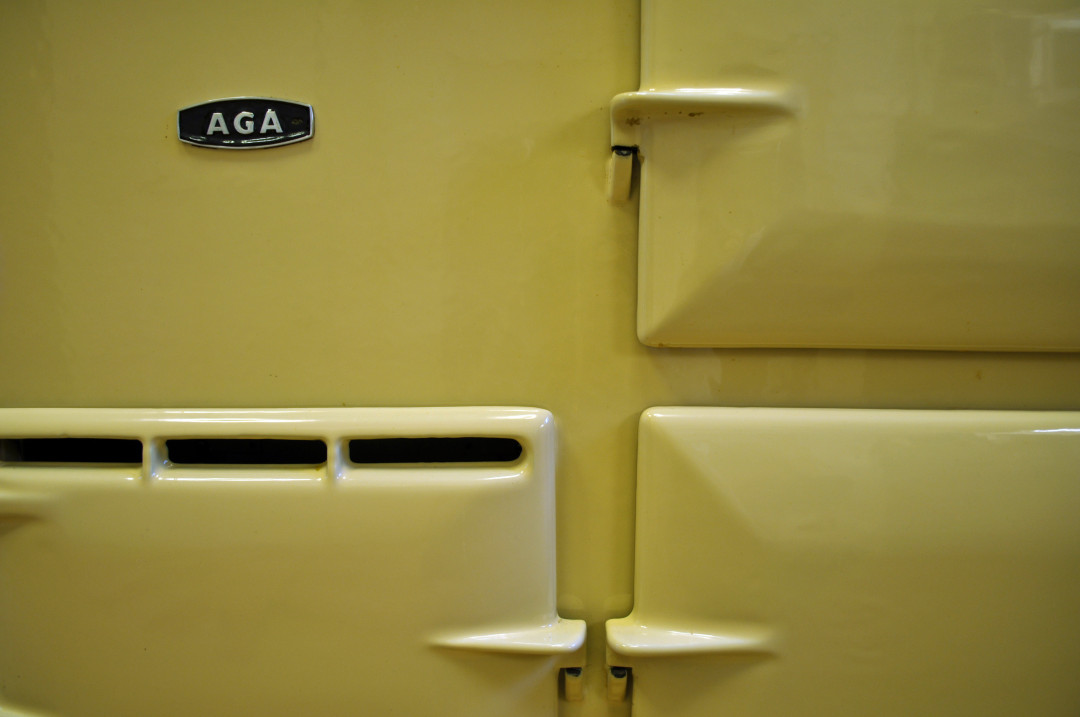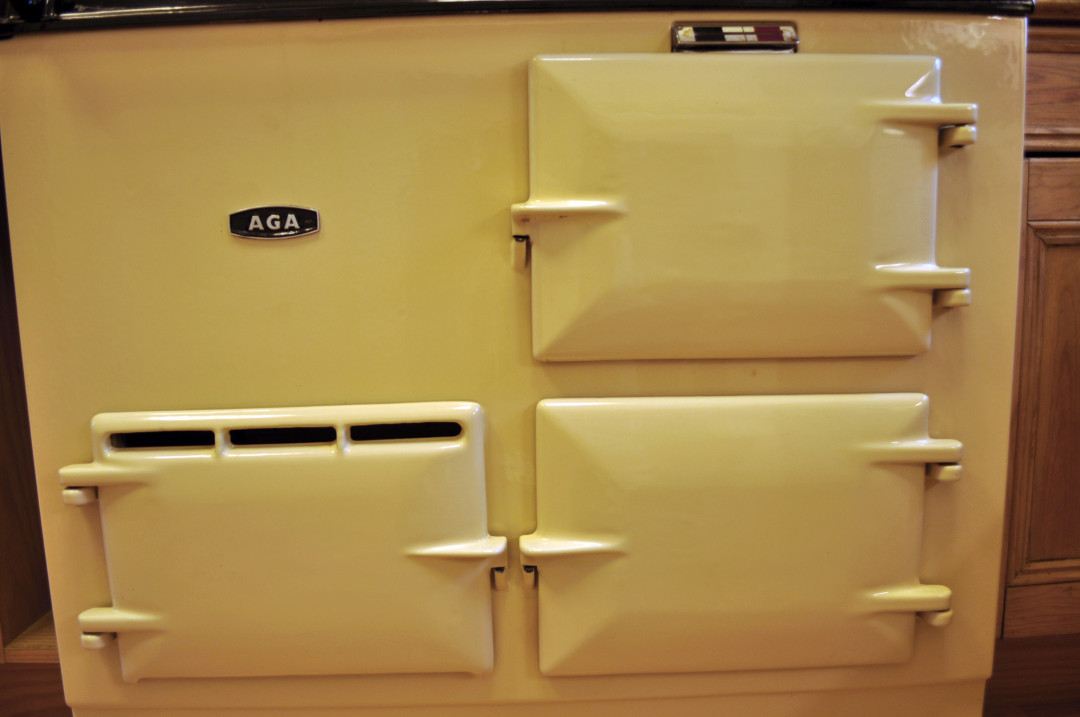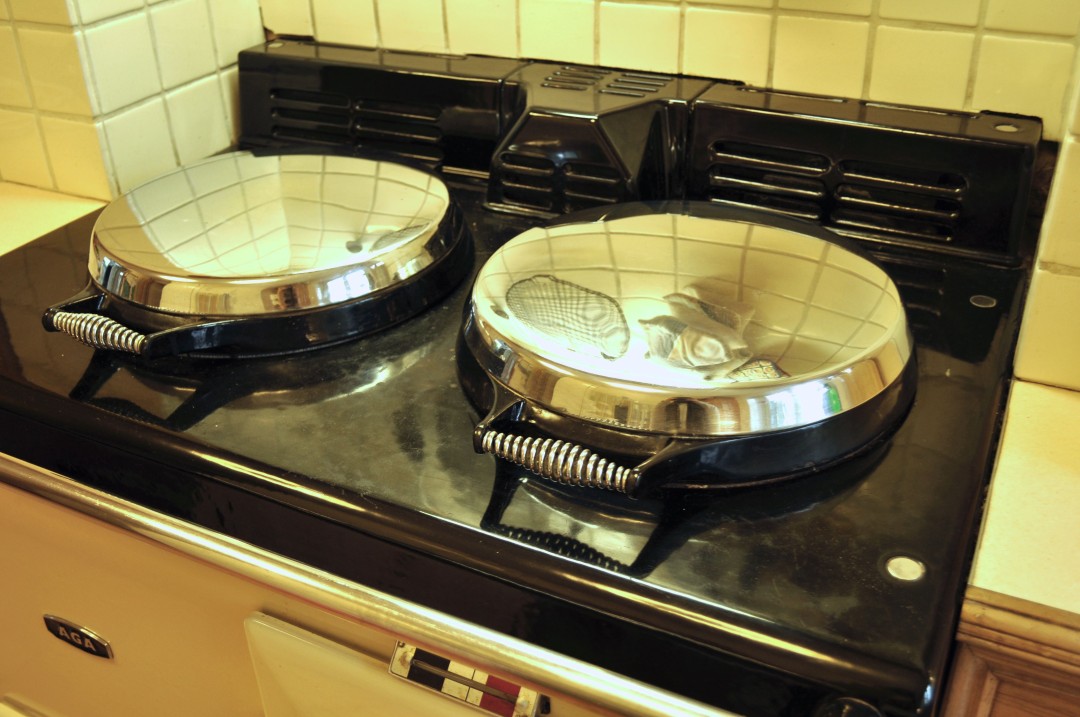This is a traditional Christmas dessert I have grown up with. It’s a kind of Pain Perdu (or French Toast), soaked in a sweet syrup with cinnamon. The main difference is that Pain Perdu is soaked in egg and ‘Rabanadas’ are soaked in milk and then coated in egg. And one is mostly eaten at breakfast, whilst the other is a dessert. They are usually fried and the syrup is mainly made of sugar and cinnamon. My Mum and I decided to make some changes and make them slightly healthier by cooking the ‘Rabanadas’ in the oven and adding some interest to the syrup. For this, we took inspiration from a recipe from one of my favourite blogs (As Minhas Receitas) by a wonderful Portuguese cook, called Joana Roque. We made some changes to the syrup, the main one replacing the raisins (because they’re not my favourite thing) with chopped dried figs (which are one of my favourite things).
December 2014
These potatoes are very simple and they are all about achieving a velvety sweet centre and a crunchy salty outside. I have cooked these without peel and it doesn’t compare (more flavour with peel – less work to do!). The shallots add some sweetness and softness. You don’t have to add them if you don’t want to, but they go really well here.
I serve this dish at barbecues, especially if you have lots of people around, or to go with roasted meat or fish.
I had high expectations for Nopi, after all it is one of the restaurants of the much talked-about chef Yotam Ottolenghi. It had been on my bucket list for a while.
As you arrive, the ambience is relaxed with the clean white walls softened by the mellow lighting. The staff were polite and efficient but not especially warm.
The menu is very interesting and quite short, which is something I like, ‘do less things and do them well’ is my kind of philosophy.
I always liked the look and the idea of an Aga. I first came across one in a rented rural cottage in one of our family holidays in England. And being Portuguese and had never seen one, I thought it was a weird and quirky thing that scared me a little.
Since then, as I lived more years in England and as I became more interested in all things countryside, the Aga went from weird to cute and then to an object of desire. A ‘lifestyle’, even, and one I aspired to (even though I still had no idea how to use it).
We then moved to the countryside and the house we moved into had an Aga – I was so excited! And nervous… how was I going to cook my no-fail rice on it? No-fail rice needs a controllable simmering setting – setting no.1! There are no settings on an Aga, numerical or otherwise. There is very hot and not so hot. And hotter in the middle than on the edges. Still I was excited! Something new I needed to figure out in the kitchen!






